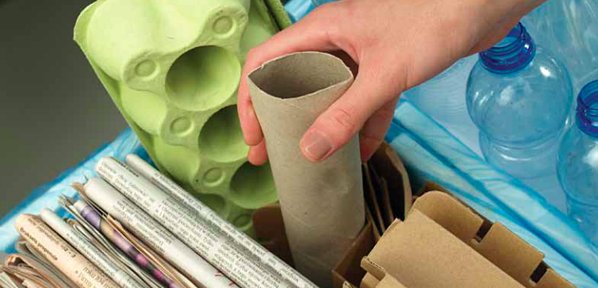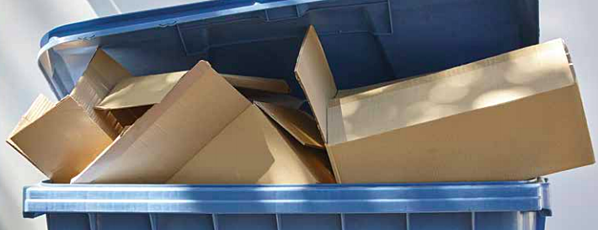In 2017, the SGIA Journal took an in-depth look at packaging and sustainability and how major corporations are setting targets for diverting packaging waste from landfill as well as reductions in the packaging materials themselves.
 The political landscape of recycling has changed dramatically over the past 18 months. Countries have stopped accepting imports of recyclable scrap, causing US facilities, communities and companies to take a second look at their recycling practices for plastics and paper as well as the materials they are using. While the countries and programs discussed here impact more than these two commodities, they are the major commodities that impact our industry sector.
The political landscape of recycling has changed dramatically over the past 18 months. Countries have stopped accepting imports of recyclable scrap, causing US facilities, communities and companies to take a second look at their recycling practices for plastics and paper as well as the materials they are using. While the countries and programs discussed here impact more than these two commodities, they are the major commodities that impact our industry sector.
The “Why” of It All
China’s National Sword program bans 24 types of solid waste, including various plastics and unsorted mixed papers, and sets a much tougher standard for contamination levels. While many in our industry focus on the impacts this program has on plastic recycling — and more directly, recycling of packaging waste — this program is only one step in a long chain of policies China has implemented. China’s recent policy changes restricting importation of these materials have caused market disruptions in the United States. They are not based on market conditions, but are an outgrowth of the country’s domestic priorities and established national strategic goals. What has become clear is that China will no longer be a major importer of scrap materials.
China's Not Alone
China's program has sparked a change in the recyclables market as other countries take action. Vietnam has announced its intentions to stop accepting containers of plastic scraps; Thailand is considering adoption of a ban on plastic scrap imports; and Vietnam is no longer issuing licenses for waste import materials. These actions are requiring companies and communities to take a hard look at their recycling systems. While the demand for recyclable scrap appears to be growing in India, parts of Southeast Asia and Latin America, it is not able to replace the capacity of what was previously exported to China. According to the Institute of Scrap Recycling Industries (ISRI), the United States does not currently have the capacity to recycle everything produced domestically without exporting.
What About Contamination?
In addition to the design elements to support recyclability, contamination of the recycling stream — the impetus for China’s policies — is being addressed by several organizations at the community and industrial level. The Recycling Partnership, a US nonprofit, seeks improvements through leveraged seed grants, partnerships and its extensive work to reach commitment, investment and standards across the system.
What is Next?
Considerable debate continues over which level of government would be the most effective in creating policy changes. There is a division within the recycling community as to whether the federal government can be effective in establishing policies to set the pathway toward more effective recycling activities. Others believe that since the state and local governments are the entities that have been tackling this issue, they should continue to be the government agencies that set policies for moving forward.
Infrastructure to support the US recycling and processing of all scrap materials is still lacking. While conversations have started within the US Senate and House of Representatives to include funding for these activities in any upcoming discussions on infrastructure, the debate continues.
Stay tuned as this issue continues to evolve and the recycling infrastructure industry strives to come together to develop a path forward.